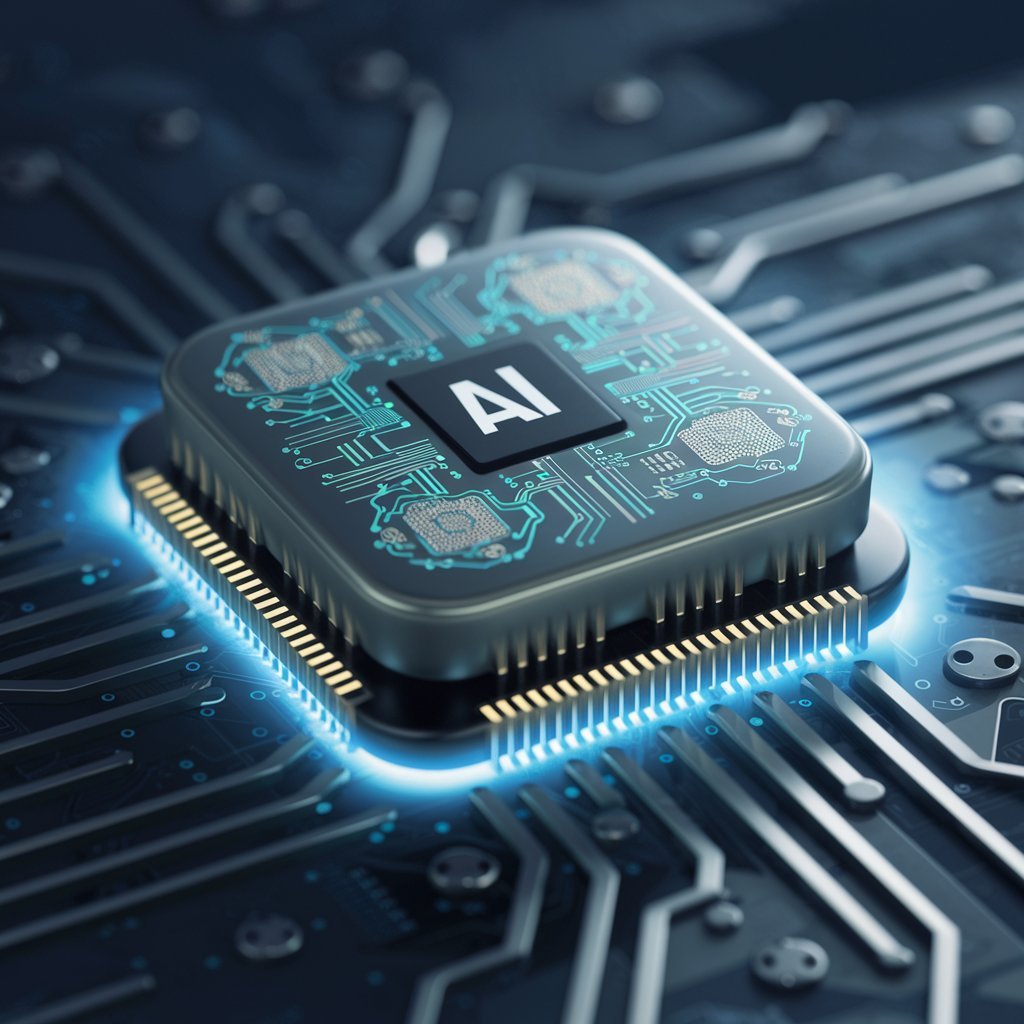In a world where artificial intelligence is becoming increasingly ubiquitous, a tiny chip is making big waves in the tech industry. This $100 AI accelerator is not just turning heads – it’s completely reshaping the landscape of edge computing. Let us explore the unique features of this portable powerhouse and the reasons behind the tech giants’ haste to stay competitive.
Meet the EdgeAI-X1: AI at Your Fingertips
The EdgeAI-X1, developed by startup NeuroCorp, is a game-changing AI accelerator chip for edge computing devices. Despite its diminutive size and modest price tag, this chip is packing a serious punch in the world of artificial intelligence.
Key features of the EdgeAI-X1:
1. Price: At just $100, it’s significantly more affordable than competing solutions.
2. Size: Measuring only 10mm x 10mm, it can fit into almost any device.
3. Power: Able to execute 5 trillion artificial intelligence operations in a second (5 TOPS).
4. Efficiency: Consumes only 1 watt of power, making it incredibly energy-efficient.
| Specification | Detail |
| Price | $100 |
| Size | 10mm x 10mm |
| Performance | 5 TOPS (Trillion Operations Per Second) |
| Power Consumption | 1 watt |
| Supported Frameworks | TensorFlow, PyTorch, ONNX |
How the EdgeAI-X1 Stacks Up Against the Competition
The EdgeAI-X1 is making waves by offering performance that rivals or exceeds that of much more expensive chips from tech giants.
1. Google’s Edge TPU:
– Price: $150
– Performance: 4 TOPS
– Power Consumption: 2 watts
The EdgeAI-X1 outperforms Google’s offering at a lower price point and with better energy efficiency.
2. NVIDIA Jetson Nano:
– Price: $99
– Performance: 0.5 TOPS
– Power Consumption: 5-10 watts
While similarly priced, the EdgeAI-X1 offers 10x the performance at a fraction of the power consumption.
3. Intel Movidius Myriad X:
– Price: $200
– Performance: 1 TOPS
– Power Consumption: 1.5 watts
The EdgeAI-X1 significantly outperforms Intel’s chip while costing half as much.
| EdgeAI-X1 | Google Edge TPU | NVIDIA Jetson Nano | Intel Movidius Myriad X |
| $100 | $150 | $99 | $200 |
| 5 TOPS | 4 TOPS | 0.5 TOPS | 1 TOPS |
| 1 watts | 2 watts | 5-10 watts | 1.5 watts |
Game-Changing Applications
The EdgeAI-X1’s combination of high performance, low power consumption, and affordable price is opening up new possibilities for AI at the edge:
1. Smart Home Devices:
– Enable advanced voice recognition and natural language processing without cloud dependence.
– Improve privacy by processing sensitive data locally.
2. Autonomous Drones:
– Enhance real-time object detection and navigation capabilities.
– Extend flight times due to lower power consumption.
3. Industrial IoT:
– Enable predictive maintenance with on-device machine learning.
– Improve real-time quality control in manufacturing.
4. Wearable Health Devices:
– Perform complex health monitoring and analysis without constant cloud connectivity.
– Increase battery life for longer-term health tracking.
5. Edge Servers:
– Dramatically reduce costs and power consumption for AI inference at the network edge.
– Enable faster response times for latency-sensitive applications.
Why Tech Giants Are Nervous
The EdgeAI-X1 is disrupting the status quo in several ways:
1. Democratising AI: Its low cost makes advanced AI capabilities accessible to smaller companies and individual developers.
2. Challenging Cloud Dominance: Enabling more AI processing at the edge reduces reliance on cloud-based AI services offered by tech giants.
3. Pushing Innovation: It’s forcing larger companies to accelerate their edge AI development to stay competitive.
4. Reshaping Business Models: The chip’s capabilities may lead to new product categories and services that don’t rely on established tech ecosystems.
The Road Ahead
As the EdgeAI-X1 gains traction, we can expect to see:
1. Increased Competition: More startups and established players rushing to develop similar high-performance, low-cost AI chips.
2. New Edge AI Applications: Innovative use cases leveraging local AI processing in ways we haven’t yet imagined.
3. Evolving AI Frameworks: Software tools adapting to better support efficient edge AI deployment.
4. Changing Cloud Strategies: Big cloud companies are making a U-turn to provide edge-cloud AI hybrid solutions.
Conclusion
The EdgeAI-X1 represents a significant leap forward in edge AI computing. Its combination of high performance, energy efficiency, and affordability is set to accelerate the adoption of AI in a wide range of devices and applications. As this technology matures, we can expect to see a proliferation of smart, responsive, and privacy-preserving AI-enabled devices
For tech giants accustomed to dominating the AI landscape, the EdgeAI-X1 serves as a wake-up call. It demonstrates that innovation can come from unexpected places and that the future of AI may be more decentralized than previously thought. As we move forward, the companies that adapt quickly to this new paradigm of edge AI will be best positioned to thrive in an increasingly AI-driven world.
The question now is not if edge AI will become ubiquitous, but how quickly it will transform our technological landscape. With chips like the EdgeAI-X1 leading the charge, that future may be closer than we think.





